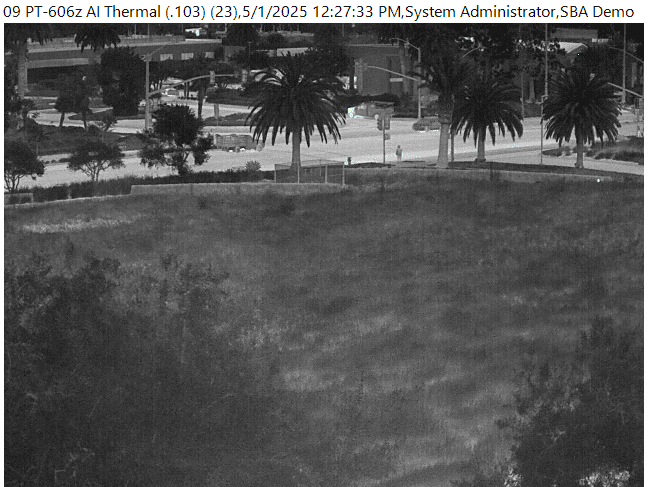 ONVIF have announced the availability of the Release Candidate for Profile C, which enables interoperability between clients and devices of physical access control systems (PACS) and network-based video systems.
ONVIF have announced the availability of the Release Candidate for Profile C, which enables interoperability between clients and devices of physical access control systems (PACS) and network-based video systems.
This new Profile, which is available for review on the ONVIF website, extends the functionality of the ONVIF global interface specification into physical access control.
With Profile C, systems integrators, specifiers and consultants will be able to more easily deploy an integrated IP-based video and access control solution from a variety of different video and access control providers. Compatibility between edge devices and clients helps to simplify installation and user training by reducing the need for multiple proprietary monitoring systems to handle different PACS devices.
“Integration between IP-based physical access control systems and video surveillance is no longer considered a luxury in today’s market, and is becoming a necessary component for many different types of users,” said Baldvin Gislason Bern, Chairman of ONVIF’s Profile C Working Group. “With Profile C, users and specifiers will be able to integrate the Profile C products of their choosing without relying on existing integrations between manufacturers.”
As part of a physical access control system, Profile C conformant devices will be able to provide information about doors and access points in the system. Profile C conformant clients will enable the monitoring of doors, access control decisions and alarms, such as if a door is unlocked, when a door has been accessed and other similar functions. Profile C conformant clients will also provide basic door control functions, such as providing access and locking/unlocking doors. When combined with other Profiles such as Profile S for video and audio streaming, users can also group together related access control and video devices using a configurable discovery scope. Profile C and Profile S also share the same device management features such as network configuration and system settings.
ONVIF introduced the profile concept to enable end users to more easily identify features supported by a profile without determining the compatibility between versions of the ONVIF specifications. Profile S serves as the standard interface to stream video and audio between conformant devices and clients, and Profile G will encompass video storage, searching, retrieval and playback.
ONVIF circulates new Profiles first as a ‘Release Candidate’ for six months, allowing members and stakeholders a final implementation review. When that process is complete, the final Profile is published and technology providers will be able to test their products for conformance to the final version of Profile C. This process is intended to allow members to more quickly introduce conformant products when the final Profile C is released in early 2014.
As part of the inclusion of physical access control to the scope of ONVIF, the ONVIF Network Interface Specification Set version 2.3 has also been released. This update incorporates new services for physical access control clients and devices and also includes a number of minor clarifications for better interoperability among ONVIF conformant clients and devices. The ONVIF test specification set has also been updated with the Access Control Test Specification and Door Control Test Specifications for the new physical access control services.
There are currently more than 1,700 products conforming to Profile S in the market from approximately 465 ONVIF member companies.
Further information about ONVIF conformant products, including the vendors and the conformant models, is available on ONVIF’s website: www.onvif.org.

























